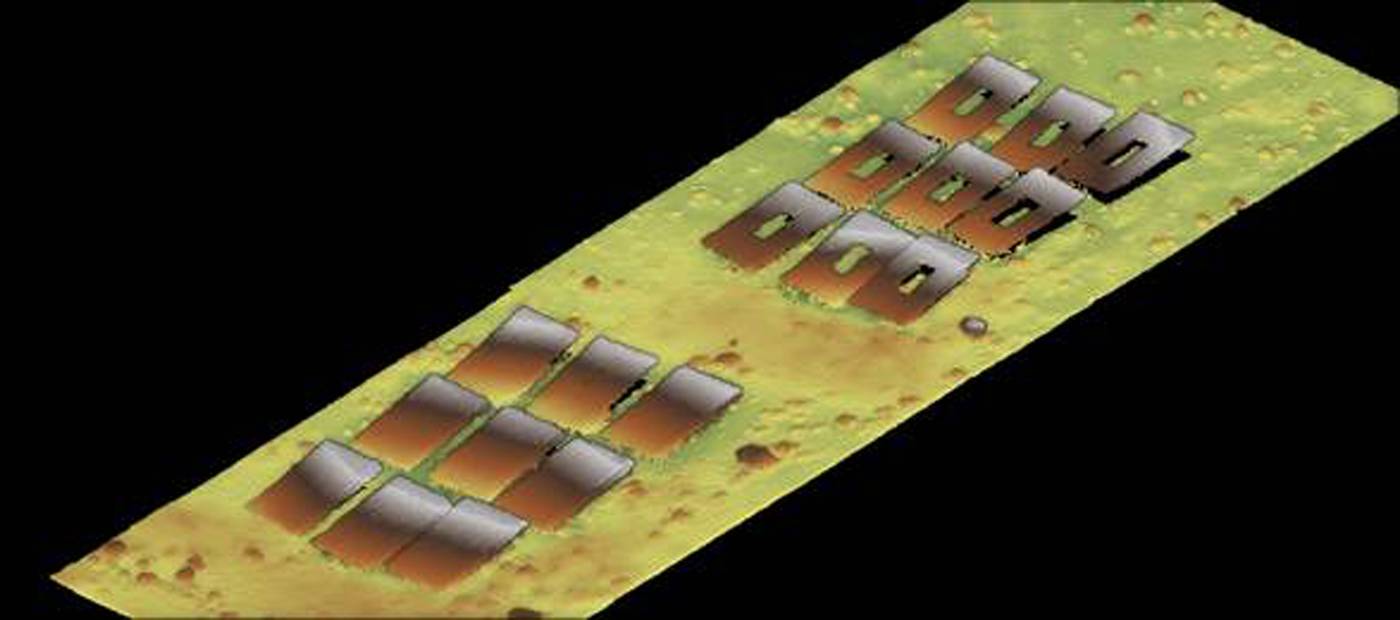The art of surveying artificial reefs
Marine scientists and conservationists are relying on artificial reefs, which attempt to reestablish some of the ecological niches that have been lost in our oceans. These structures have become an important part of marine life conservation, providing many kinds of habitats for various marine animals. They can also be a means of restoring a semblance of biodiversity in locales that have lost their natural underwater habitats.
To assess how well these man-made reefs are succeeding, scientists are finding sonar systems like Teledyne Marine’s T51sonar are indispensable tools for monitoring and mitigation strategies in coral reef recovery.
Artificial reefs are human-made structures that mimic the characteristics of natural reefs. They serve many of the same functions as natural reefs, providing places for marine organisms to live (and possibly even thrive) and offering substrates for the young stages of marine organisms. Like their natural counterparts, artificial reefs also serve as the basis for some of the strange and wonderful structures that make up the reef ecosystem.
The SeaBat T51 sonar is a multibeam echosounder operating at 800kHz, which gives it a high-resolution output. It can produce detailed images of any structure, making it particularly effective for studying artificial reefs and remains an effective tool for accurate mapping and assessing the fine details of an artificial reef.
The sonar can simultaneously scan a sizable area, which is essential for accurately detecting and mapping the diverse features of an artificial reef. This wide coverage is made possible by the sonar's ability to behave like a flashlight turned on its side, illuminating all the parts of the reef that would otherwise remain hidden.
With the SeaBat T51, researchers can ensure that even the smallest objects that make up an artificial reef are fully covered by the beam of sound waves. Not only can the sonar accurately detect the reef, but it can also distinguish between the objects that make it up and the fish that use the reef for cover.
The SeaBat T51, with its tailored autonomous AI sonar controls, allows hands-free operation of the sonar itself. This allows researchers to focus on the operation and analysis of their collected data, allowing for higher survey efficiency and reduced operator workload. Its flexibility makes it a great candidate for a monitoring project on an artificial reef.

The SeaBat T51 sonar has detailed mapping capabilities that help researchers understand the different spatial habitats within reefs. Because it produces high-resolution images, researchers can identify what species and habitats are present in the reef. When taken together, these two abilities of the SeaBat T51 make it an excellent tool for reef research.
Over time, it is necessary for scientists and conservationists to keep a close watch on the structural soundness of rebuilt reefs. The SeaBat T51 has powerful sonar that provides unprecedented images of artificial reefs that can help scientists see if the working parts of a reef are wearing out, getting damaged, or otherwise changing in a way that could sunset the reef's operable lifespan. And if scientists want to know if artificial reefs are helping or harming their surroundings, the SeaBat T51 can help them answer that question, too.
Several projects have demonstrated the effectiveness of the SeaBat T51 in artificial reef monitoring. These concrete substrates are used as the essential foundations for small organisms to establish themselves and grow. Using the SeaBat T51, researchers have captured images showing how algal tables, a type of artificial reef structure comprised of concrete “plates,” support a marine ecosystem. Because of this, researchers are gaining insight now into their efficacy for that purpose and, more importantly, into how they are enhancing biodiversity.
Marine artificial structures can pose a difficult problem for sonar systems due to their complex geometries. Advanced sonar bottom detection is needed to penetrate through what can sometimes resemble a false bottom, striking deep into the target. The SeaBat T51 sonar is a very capable tool for carrying out this kind of work. It can visualize in 3D the internal structure of an artificial reef and precisely map where it is located to within a few centimeters, in terms of its length across the reef's face and depth in the water column.
While artificial reefs have long been vital to marine conservation, providing essential habitats for countless species, new technology is helping researchers better understand their environmental effects. Teledyne Marine’s SeaBat T51 multibeam sonar plays a vital role and continues to furnish scientists with high-resolution data about artificial reefs in the ongoing effort to save our oceans.
For more information on Teledyne Marine, please visit www.teledynemarine.com
